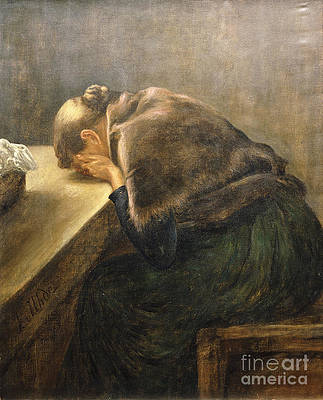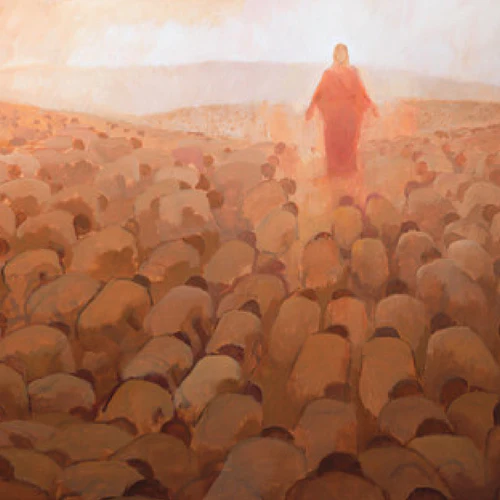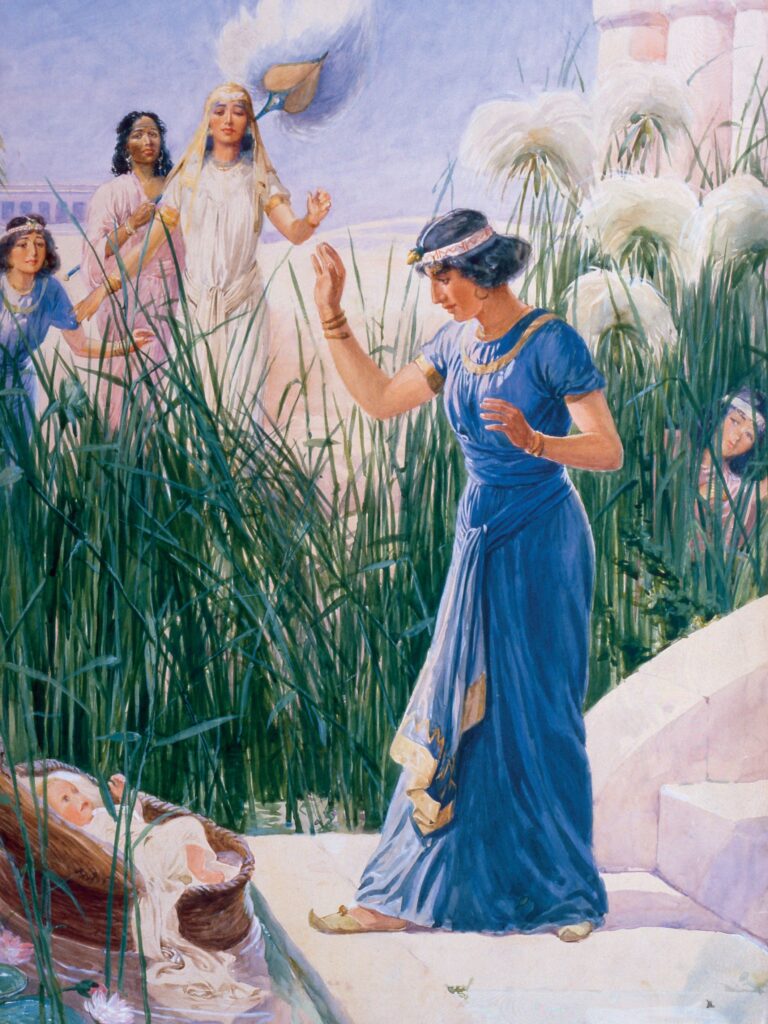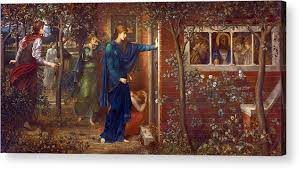Are you in a right fight?
I’ve learned to die. Even better, I’m learning to die “well.” For me, my deaths equate to re-births. Dying and birthing is hard work, but each loss brings its own gain. (Like they say, “No pain, no gain.”) Our mortal birth actually began with our pre-mortal “death.” Our calendared time sequences and seasons symbolize our emotional and spiritual deaths and rebirths. Psychologist Scott Peck underscores this notion in his book The Road Less Traveled:
It is abundantly clear that this lifetime is a series of simultaneous deaths and births. And what will amaze you even more, throughout life one must learn to die. It is also clear that the farther one travels on the journey of life, the more births one will experience, and therefore the more deaths—the more joy and the more pain. The pain of giving up is the pain of death, but death of the old is birth of the new. The pain of death is the pain of birth, and the pain of birth is the pain of death. For us to develop a new and better idea, theory, or understanding means that an old idea, concept, theory, or understanding must die”
(p. 75-76).

The Book of Mormon reiterates this idea: “Men and women must be born again; yea, changed from their carnal and fallen state, to a state of righteousness, being redeemed of God, becoming his sons and daughters. And thus they become new creatures; and unless they do this, they can in nowise inherit the kingdom of God” (Mosiah 27:25-26). I’ve died some difficult, protracted deaths, but my “need to be right” death was especially hard. My “right fight” flared in two ways:
- My need to be right when in conflict in my interpersonal relationships—and like many married couples—mostly, with my husband. This conflict could be manifested verbally or kept within my heart. (This mindset and tendency is very common in marriages and long-term relationships.)
- My assumption that my personal morals and beliefs made me “right” when interacting with others. (This mindset is also part of being human. We see and often participate in the increasing divisive moral “right fighting” when discussing politics, religion, and social issues.)
Human nature and ego encourages the right fight mentality within all of us. Don’t we all want to “be right?” My “rightness” death was a slow process. As a university student, some of my professors and fellow students (who knew I was a Latter-day Saint) attempted to “emancipate” me from my “provincial, archaic” beliefs. In turn, I pushed back against their “wrongness” in rejecting my religious and/or Latter-day Saint frame of reference. To neutralize my growing anger and resentment, I prayed…a lot. And cried. A merciful God held my hand as I died in my old “I’m right, you’re wrong” paradigm, and simultaneously coached me as I birthed a deeper spiritual and emotional maturity. Hence, I began to understand and discern the negative consequences of my “right” stance while understanding others’ similar feelings of the need to be “right.”
I began to understand more fully this important principle: In order for me to be “right,” the other person or group (“the other”) had to be “wrong.” This competitive, self-serving posturing impedes pure, unconditional love. Furthermore, every person has a truth and every truth has merit. Yes, these concepts sound simple enough, but consistently living them requires enormous self-discipline and courage.

“Every Knee Shall Bow,” by Kirk Richards
I continue to evolve: I’m re-born just to die again. Loss still piles upon loss. And I still fear being “wrong.” But like I said earlier, I’ve grown accustomed to the discomfort of death and re-birth. Every now and then, I watch the movie The Ten Commandments. Though historically inaccurate, I love Charlton Heston’s portrayal of Moses and his life of contradictions—which, in some ways, parallel our own. Raised in the comforts of Egyptian royalty, Moses’ privileged existence depends upon Hebrew oppression and slavery. His occasional superficial interaction with slaves does little to validate their right to exist. In short, why think about slaves (or “the other”) when one is a prince? Reality eventually clashes with Moses’ own version. To gain a truer sense of himself, Moses voluntarily condescends into Hebrew culture as a fellow slave. He slogs in the mud pits alongside them while feeling the lash of the oppressor’s whip. He kills an Egyptian who was an abusing a Hebrew slave. Moses’ eyes now opened, he sees “the other”—not through his “princely” perception of them, but through their own perception of themselves. In other words, he sees them as they see themselves and through this experience, he is re-born.

Pharaoh’s Daughter Pulls the Baby Moses From the River
As Moses’ old paradigm dies, his social conscience arises. A new sense of love, compassion, and fairness are born within. Thus, he not only delivers the Hebrews from oppression, he is simultaneously delivered from spiritual and emotional bondage through Jesus Christ. Moses’ journey is truly phenomenal. What prince denounces his throne to become a slave? (It’s so easy to judge “the Other” or those with whom we disagree while sitting comfortably on our own moral perches, isn’t it? It takes real guts to expose ourselves to the suffering and hopes of individuals and/or groups who oppose—or fail to live up to—our own political, social, and other value systems and beliefs. And, I speak about all humans.)
During this process, Moses comes to understand the Hebrews’ sense of justice and anger. He learns what bondage and oppression feels like from the other side. Loss upon loss uncovers his own spiritual and emotional bondage as an Egyptian prince coupled with his complicity in Hebrew oppression. (The Lord surely tutored me in a similar fashion; these movie scenarios mirror my own experiences as a student, and later during my teaching career at colleges and universities.)
Truly, Moses’ losses serve to implement his rebirth as an instrument in delivering the Hebrews. I love the ultimate irony portrayed in the movie: As Pharaoh (not Prophet), Moses could have easily freed the slaves through his own political power by simply changing the law. Thus, minimal, if any, emotional pain, no spiritual death, no struggle in re-birth. (And no broken romance with Princess Nefertiri!) Conversely, Moses would have had no emotional or spiritual empowerment equating to his own (and Hebrew) deliverance. (Nor would he have married awesome Zipporah!)
Whether portrayed in movies or in the scriptures, Moses’ life was a compilation of struggle and defiance, of achievement and descencion, of humiliation and glory, of holiness and sin; a patchwork of paradox, contradiction, deaths, and rebirths. Does this sound like your life too? If we, (particularly in our LDS community) are to be the strong, enduring “metal” in our families, our wards, communities, and as a global entity, are we ready for the Maker’s hand? Yes, dying is a drag. But giving birth, while super hard, is joyful!
Here comes another Lamaze class,
Julie

